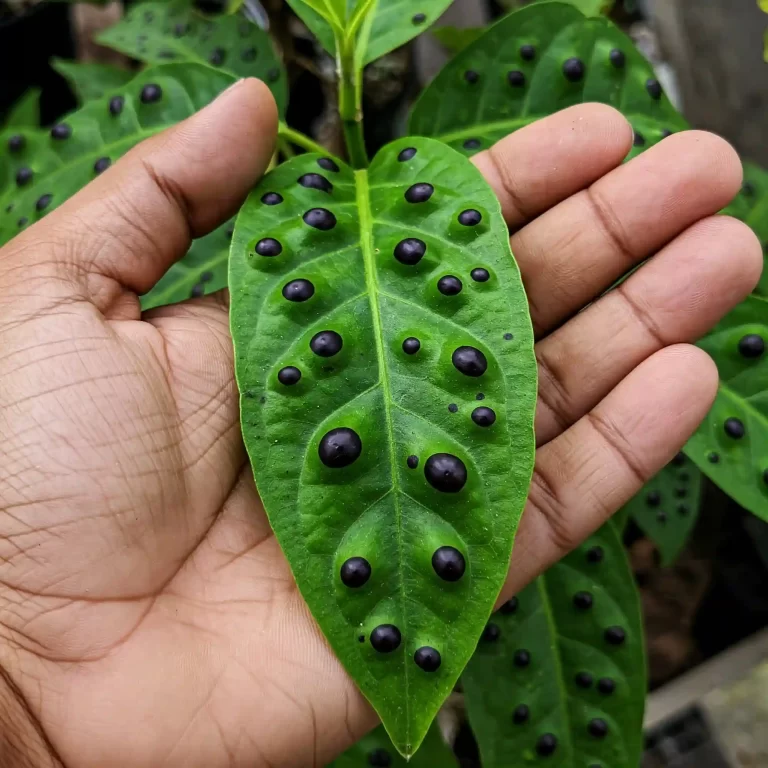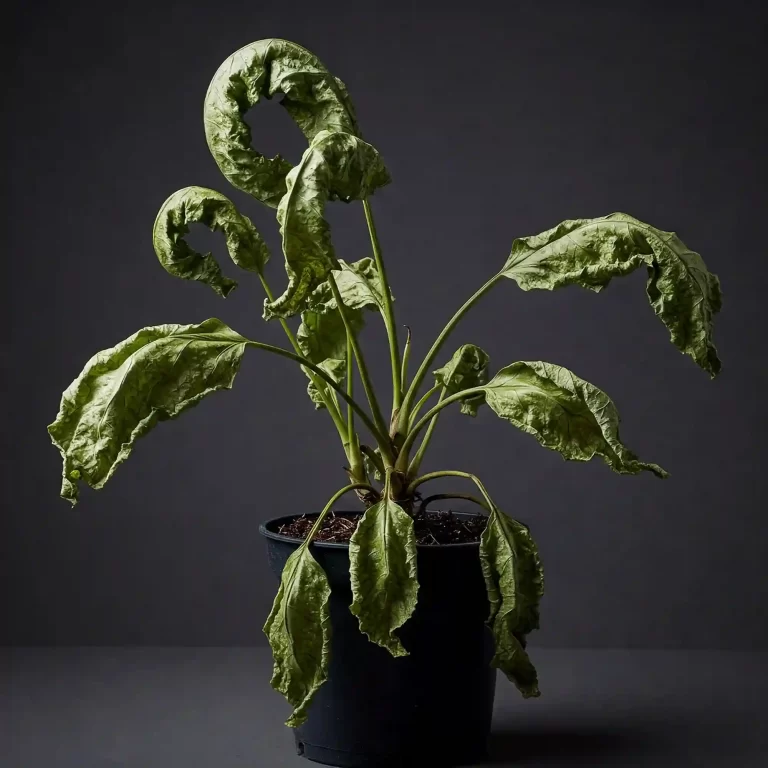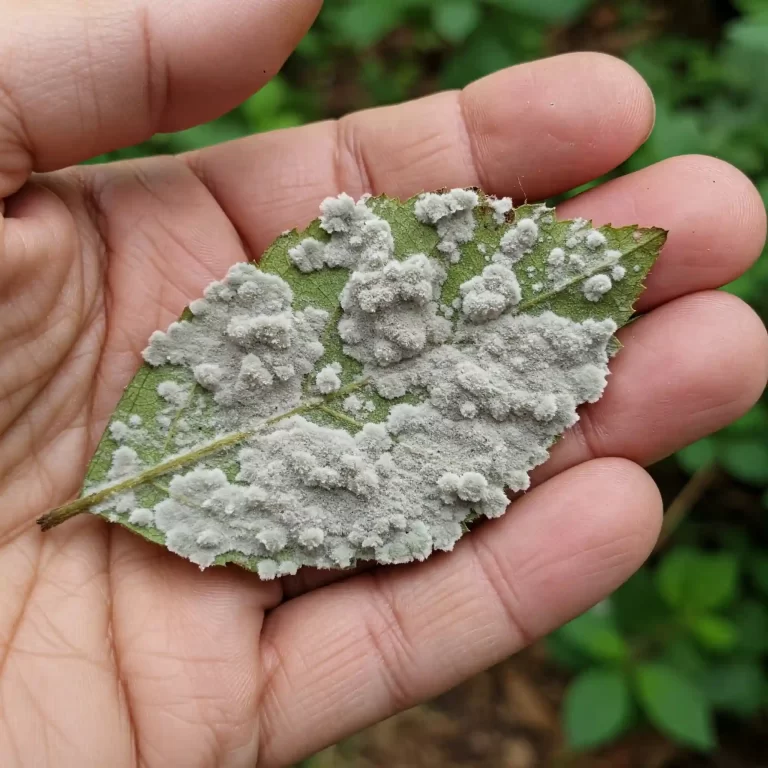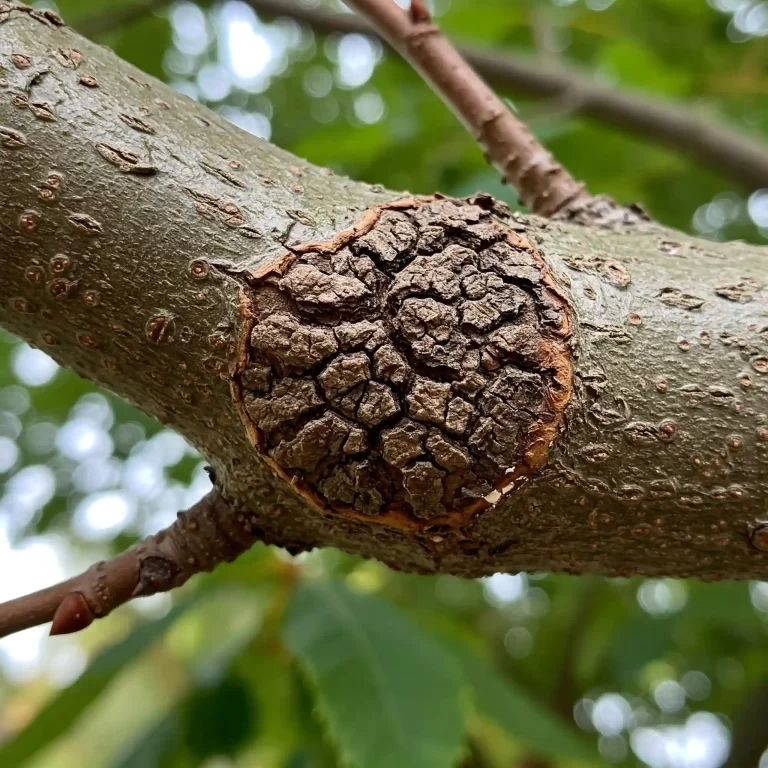The Citrus Scale Menace: A Growing Threat
Citrus scale insects pose a significant threat to citrus trees and other ornamental plants worldwide. These tiny pests can cause severe damage, leading to reduced fruit yield, stunted growth, and even plant death. Understanding the different types of citrus scale, identifying infestations early, and implementing effective control measures are crucial for protecting your plants.
In this comprehensive guide, we will delve into the world of citrus scale, exploring its various species, the damage it causes, and the best strategies for prevention and control. We will also provide valuable information on identifying scale infestations, understanding the life cycle of these pests, and selecting the most appropriate treatment methods.
By the end of this article, you will be well-equipped to protect your citrus trees and other plants from the devastating effects of citrus scale.
Understanding Citrus Scale
What is Citrus Scale?
Citrus scale is a term used to describe a group of tiny, armored insects that feed on the sap of citrus trees and other plants. These pests are often mistaken for small bumps or growths on the plant’s branches, leaves, and fruit.
Types of Citrus Scale
There are numerous species of citrus scale, each with its own unique characteristics and preferences for host plants. Some of the most common types include:
- California red scale: This species is characterized by its reddish-brown color and flat, circular shape. It is a serious pest of citrus trees in California and other regions.
- Florida red scale: Similar to the California red scale, but with a slightly darker color. It is prevalent in Florida and other southeastern states.
- Purple scale: This scale has a purplish-black color and a more oval shape. It is a common pest of citrus trees and other ornamental plants.
- Yellow scale: This scale is yellow or pale green in color and has a circular shape. It is a less common pest, but it can still cause significant damage.
- Black scale: This scale is black in color and has a slightly raised, oval shape. It is a common pest of citrus trees and other fruit trees.
The Life Cycle of Citrus Scale
The life cycle of citrus scale typically involves three stages:
- Eggs: Female scale insects lay their eggs under a protective covering called a “scale.”
- Crawlers: The eggs hatch into tiny, mobile insects known as “crawlers.” These crawlers move around the plant, searching for suitable feeding sites.
- Adult scale: Once the crawlers find a suitable location, they settle down and begin to feed. As they feed, they develop a protective scale covering and become adults.
Damage Caused by Citrus Scale
Citrus scale infestations can cause significant damage to plants. The most common symptoms of scale infestation include:
- Yellowing leaves: Scale insects feed on plant sap, causing leaves to lose chlorophyll and turn yellow.
- Stunted growth: Infested plants may exhibit stunted growth or fail to produce fruit.
- Premature fruit drop: Scale infestations can cause fruit to drop prematurely, reducing yield.
- Honeydew production: Scale insects produce a sticky substance called honeydew, which can attract sooty mold and other fungal pathogens.
- Plant death: In severe cases, scale infestations can lead to plant death.
Common Citrus Scale Species and Their Characteristics
| Species | Color | Shape | Host Plants |
| California red scale | Reddish-brown | Circular | Citrus trees, avocados, ornamentals |
| Florida red scale | Darker reddish-brown | Circular | Citrus trees, ornamentals |
| Purple scale | Purplish-black | Oval | Citrus trees, ornamentals |
| Yellow scale | Yellow or pale green | Circular | Citrus trees, ornamentals |
| Black scale | Black | Oval | Citrus trees, fruit trees |
Identifying Citrus Scale Infestations
Visual Signs of Citrus Scale
One of the most common signs of citrus scale infestation is the presence of small, raised bumps or bumps on the leaves, branches, and fruit of the plant. These bumps are actually the protective scales that cover the adult insects.
In addition to bumps, other visual signs of citrus scale infestations include:
- Yellowing leaves: Scale insects feed on plant sap, causing leaves to lose chlorophyll and turn yellow.
- Stunted growth: Infested plants may exhibit stunted growth or fail to produce fruit.
- Premature fruit drop: Scale infestations can cause fruit to drop prematurely.
- Honeydew production: Scale insects produce a sticky substance called honeydew, which can attract sooty mold and other fungal pathogens.
- Sooty mold: Sooty mold is a black, fungal growth that often develops on plants infested with scale insects. It can block sunlight and interfere with photosynthesis.
Close Inspection
To confirm a citrus scale infestation, it is important to conduct a close inspection of the plant. Look for small, raised bumps on the leaves, branches, and fruit. You may also be able to see the actual insects crawling around the plant.
Using a Magnifying Glass
A magnifying glass can be helpful in identifying citrus scale insects. These pests are very small, and they can be difficult to see with the naked eye. By using a magnifying glass, you can get a closer look at their appearance and behavior.
The Damage Caused by Citrus Scale
Direct Damage
Citrus scale insects feed on the sap of plants, causing direct damage to the plant tissue. This can lead to a variety of problems, including:
- Yellowing leaves: As scale insects feed on plant sap, leaves may lose chlorophyll and turn yellow.
- Stunted growth: Infested plants may exhibit stunted growth or fail to produce fruit.
- Premature fruit drop: Scale infestations can cause fruit to drop prematurely, reducing yield.
- Plant death: In severe cases, scale infestations can lead to plant death.
Indirect Damage
In addition to direct damage, citrus scale infestations can also cause indirect damage to plants. One of the most significant indirect effects is the production of honeydew. Honeydew is a sticky substance that is excreted by scale insects. It can attract sooty mold, a black, fungal growth that can block sunlight and interfere with photosynthesis.
Impact on Plant Health
Citrus scale infestations can have a negative impact on the overall health and vitality of plants. Infested plants may be more susceptible to other pests and diseases. They may also produce lower yields of fruit or flowers.
Citrus Trees Affected by Scale Insects
Common Citrus Varieties
Citrus scale insects can affect a variety of citrus tree varieties. Some of the most commonly affected species include:
- Lemon trees
- Orange trees
- Grapefruit trees
- Tangerine trees
- Mandarin trees
- Kumquat trees
- Lime trees
Other Affected Plants
In addition to citrus trees, scale insects can also infest other types of plants, including:
- Shade trees: Oak, maple, elm, ash, sycamore, willow, poplar, beech, hickory, walnut
- Ornamental plants: Azalea, camellia, rhododendron, gardenia, hibiscus, bougainvillea, oleander, jasmine, rose, orchid
Preventing Citrus Scale Infestations
Healthy Plant Care
One of the best ways to prevent citrus scale infestations is to maintain healthy plants. This involves providing adequate water, fertilizer, and sunlight. Regular pruning can also help to improve air circulation and reduce the risk of pest problems.
Resistant Varieties
Some citrus tree varieties are more resistant to scale insects than others. If you are planting new citrus trees, consider selecting varieties that are known to be resistant to scale.
Sanitation Practices
Good sanitation practices can help to prevent the spread of scale insects. Remove and destroy any infected plant parts, and avoid sharing gardening tools between infested and healthy plants.
Common Citrus Tree Varieties and Their Resistance to Scale Insects
| Variety | Resistance to Scale |
| Eureka Lemon | Moderate |
| Lisbon Lemon | Moderate |
| Valencia Orange | High |
| Navel Orange | Moderate |
| Grapefruit | Moderate |
| Tangerine | Moderate |
| Mandarin | Moderate |
| Kumquat | Low |
| Lime | Moderate |
List of Additional Prevention Tips
- Regular inspections: Inspect your plants regularly for signs of scale insects.
- Isolate infested plants: If you discover a scale infestation, isolate the affected plant to prevent the spread of pests.
- Avoid over-fertilization: Over-fertilization can make plants more susceptible to pests.
- Monitor for natural enemies: Some natural enemies, such as ladybugs and parasitic wasps, can help to control scale populations.
Controlling Citrus Scale Infestations
Cultural Control
Cultural control methods involve using non-chemical techniques to manage scale insect populations. These methods can be effective in preventing and controlling mild infestations. Some common cultural control practices include:
- Strong water sprays: A strong blast of water can dislodge scale insects from plants. However, this method may not be effective against heavy infestations.
- Pruning: Removing and destroying infested branches can help to reduce the population of scale insects.
- Horticultural oil: Horticultural oil can be applied to plants to smother scale insects. However, it should be used with caution, as it can also harm beneficial insects.
Biological Control
Biological control involves using natural enemies to control scale insect populations. Some beneficial insects that can help to control scale include:
- Ladybugs: Ladybugs are natural predators of scale insects. They can be purchased and released into the garden to help control infestations.
- Parasitic wasps: Parasitic wasps lay their eggs inside scale insects, killing the pests from within.
Chemical Control
In severe cases of scale infestation, chemical control may be necessary. However, it is important to use insecticides with caution, as they can harm beneficial insects and pollinator.
When selecting an insecticide, be sure to choose a product that is specifically labeled for use against scale insects. Follow the label instructions carefully, and apply the insecticide according to the recommended dosage.
FAQs
1. How can I tell if my citrus tree has scale insects?
The most common signs of citrus scale infestation include yellowing leaves, stunted growth, premature fruit drop, honeydew production, and sooty mold. You may also be able to see small, raised bumps on the leaves, branches, or fruit.
2. What is the best way to prevent citrus scale infestations?
To prevent citrus scale infestations, it is important to maintain healthy plants, use resistant varieties, practice good sanitation, and monitor for signs of pests.
3. Can I use organic methods to control citrus scale?
Yes, there are several organic methods that can be used to control citrus scale. These include cultural control methods, such as strong water sprays and pruning, and biological control methods, such as the use of ladybugs and parasitic wasps.
4. How often should I inspect my citrus trees for scale insects?
It is recommended to inspect your citrus trees for scale insects at least once a month, especially during the growing season.
5. What should I do if I find a severe scale infestation on my citrus tree?
If you discover a severe scale infestation, you may need to use chemical control methods to eliminate the pests. However, it is important to consult with a local agricultural extension agent for specific recommendations.
Conclusion
Citrus scale insects can pose a serious threat to citrus trees and other plants. By understanding the different types of scale, identifying infestations early, and implementing effective control measures, you can protect your plants from damage.
Remember to practice good plant care, monitor for signs of scale infestations, and use a combination of cultural, biological, and chemical control methods as needed. With proper management, you can keep your citrus trees healthy and productive.




